"B" Sheet
1/195
There's no tags or description
Looks like no tags are added yet.
Name | Mastery | Learn | Test | Matching | Spaced |
|---|
No study sessions yet.
196 Terms
Backing
Materials (fabrics or yarns) comprising the back of the carpet as opposed to the carpet pile or face. (a) Primary back : in tufting, a woven or nonwoven fabric in which the pile yarn is inserted by the tufting needles. Usually woven or nonwoven polypropylene woven jute for carpet and often cotton duck for scatter rugs. (b) Secondary back: fabric laminated to the back of carpet to reinforce and increase dimensional stability. Usually woven jute or woven or nonwoven polypropylene. Backings of woven carpets are the "construction yarns" comprising chain warp, stuffer warp, and shot or fill which are interwoven with the face yarn during carpet fabric formation. The material that forms the back of the carpet. It can be of wool, kraftcord, jute, cotton, rayon, polypropylene, or other material or a combination of materials depending on the dye and the quality of the carpet.
Back priming
A coat of paint applied to the backside and edges of woodwork or exterior siding to prevent excessive absorption of moisture.
Balancing species
A species, of similar density, to achieve balance by equalizing the rate of moisture absorption or emission.
Ballast
An auxiliary device consisting of induction windings wound around a metal core and sometimes includes a capacitor for power correction. It is used with fluorescent and HID lamps to provide the necessary starting voltage and to limit the current during operation.
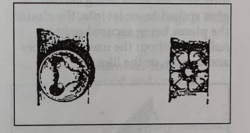
Baluster
(Banister) One of a set of small pillars that supports a handrail (or balustrade) on a stairway. It is also used as decoration on furniture.
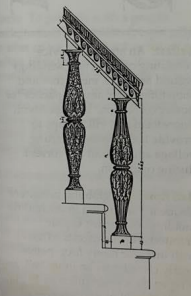
Balustrade
A short series of pillars or balusters terminated on top with a rail.
Barcelona chair
Classic chair made of chromium steel, popular with architects and upholstered with leather cushions. It was designed in 1929 by Mies van der Rohe. It is still popular.
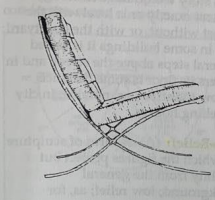
Barrier-free design
A design for handicapped people used to make movement easier. An example of this kind of design would be a ramp in addition to stairs. These designs were implemented in 1971 due to the American National Standards Institution.
Bars, to fill a given opening
It may be either open or glazed.
Batwing distribution
Candlepower distribution which serves to reduce glare and ceiling reflections by having its maximum output in the 30° to the 60° zone from the vertical and with a candlepower at nadir (0°) being 65% or less than maximum candlepower. The shape is similar to a bat's wing. In fluorescent luminaries the batwing distribution is generally found only in the plane perpendicular to the lamps.
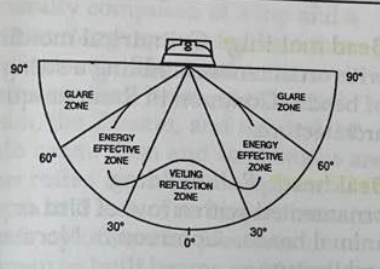
Bay window
Originally, a large window, often of many parts, or subdivisions, and related to the modern Italian term, balcone.
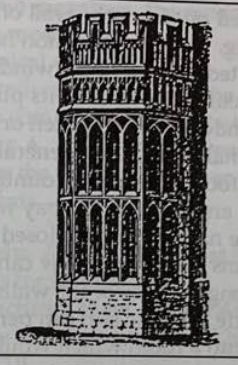
Beech
A hard wood, whitish to red-brown in color, which has a fine grain and is extemely dense.
mainly used for flooring.
Belleek
A lustrous porcelain named after the Irish city where it is made.
Bergere
An armchair made in the Louis XV style with upholstered b sides, rounded back and a carved frame. This style is from the eighteenth century and is still popular.